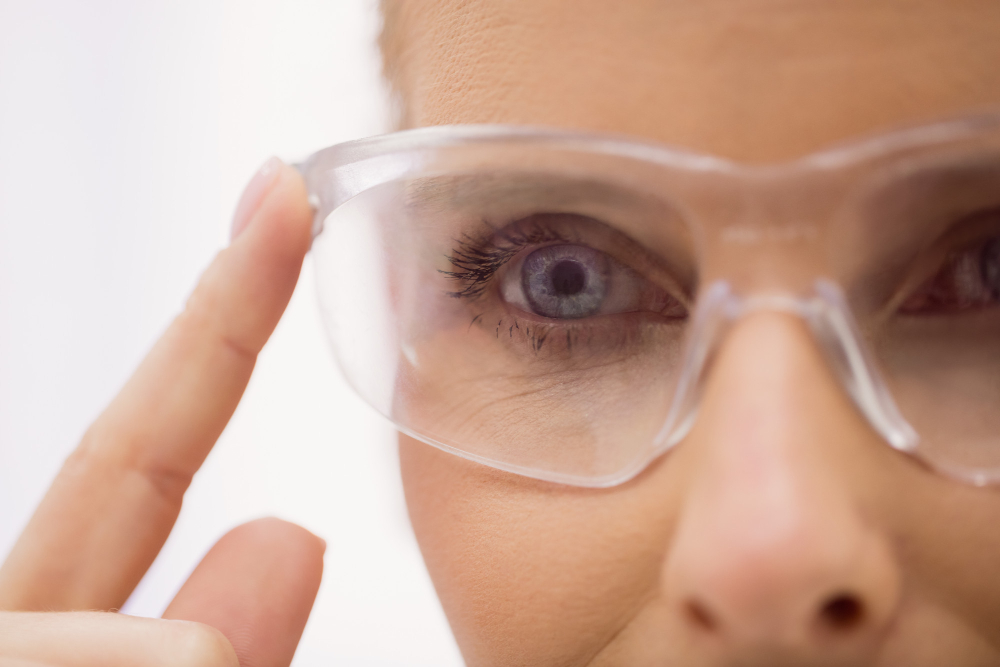When it comes to safeguarding your eyes, choosing the right type of eye protection is essential for ensuring optimal safety and comfort in various environments. With a plethora of options available, ranging from safety glasses to goggles and face shields, it’s crucial to consider several factors before making your selection. Let’s explore the key considerations to keep in mind when choosing the type of eye protection that best suits your needs.
Tailoring Protection to the Task
The first step in selecting appropriate eye protection is to assess the specific hazards and risks present in your environment or the tasks you’ll be undertaking. Different activities and industries pose varying levels of risk to the eyes, from airborne debris and chemicals to intense light and radiation. By understanding the potential hazards you may encounter, you can choose eye protection that offers the appropriate level of coverage and protection for your particular situation.
Ensuring Compliance and Quality
The American National Standards Institute (ANSI) establishes standards for eye protection to ensure consistent performance and quality across different products. When choosing eye protection, look for products that meet or exceed ANSI standards, as indicated by markings such as “ANSI Z87.1” or “Z87+” on the eyewear. Compliance with ANSI standards ensures that the eye protection you choose has undergone rigorous testing and meets the necessary criteria for impact resistance, optical clarity, and durability.
Balancing Protection and Visibility
The lens material plays a crucial role in determining the level of protection and visibility provided by eye protection. Polycarbonate lenses are a popular choice for safety glasses and goggles due to their high impact resistance and optical clarity. They provide excellent protection against flying debris, projectiles, and other hazards while maintaining lightweight and comfortable wear. Additionally, consider lens coatings such as anti-fog, anti-scratch, and UV protection to enhance durability and visual acuity in various conditions.
Ensuring All-Day Wearability
Comfort and fit are paramount when selecting eye protection, as poorly fitting or uncomfortable eyewear can impede productivity and compliance. Look for eyewear with adjustable features such as nose pads, temple arms, and strap options to achieve a customized and secure fit. Ensure that the eyewear sits snugly on your face without pinching or rubbing, and that it provides adequate coverage without obstructing your vision or causing discomfort during prolonged wear.
Accommodating Vision Correction
For individuals who require vision correction, prescription safety glasses offer a convenient solution to ensure both protection and clarity of vision. Prescription safety glasses are available in a variety of styles and lens options, allowing users to customize their eyewear to meet their specific needs. Alternatively, over-the-glasses (OTG) safety glasses are designed to fit comfortably over prescription eyewear, providing an additional layer of protection without compromising vision correction.
Investing in Quality Eyewear
Eye protection is an investment in your safety and well-being, so it’s essential to choose products that are built to last. Opt for eyewear made from durable materials such as impact-resistant polycarbonate or scratch-resistant coatings to ensure longevity and reliability in demanding environments. Additionally, regularly inspect your eye protection for signs of wear or damage, and replace any worn or compromised eyewear promptly to maintain optimal protection.
Promoting Safe Practices
Finally, it’s crucial to promote a culture of compliance and safety awareness in your workplace or environment by providing training on proper eye protection usage and maintenance. Ensure that employees or users understand the importance of wearing appropriate eye protection, how to properly fit and adjust their eyewear, and when to replace damaged or expired equipment. By fostering a culture of safety and accountability, you can minimize the risk of eye injuries and create a safer and more productive environment for everyone.
